
Module 1:
How they Market
The first tobacco advertisement in America appeared in 1789 when the tobacco company, Lorillard advertised their snuff and tobacco products in a local New York daily paper. The advertisement included an American Indian smoking a long clay pipe.
Since then, the tobacco industry would go on to promote their products through trading cards, posters, attractive colorful images that had nothing to do with any of their products, and so much more.
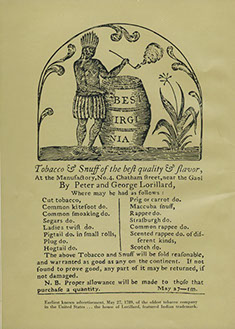
Here are a few key historical marketing practices of the tobacco industry:
Endorsements
Sponsorships
and Events
Direct Mail
and Coupons
Cartoon
Characters
Flavor
Marketing
Endorsements
Tobacco companies hired celebrities, athletes, doctors, dentists to endorse their products. The goal was to associate smoking with success, glamour, and sophistication
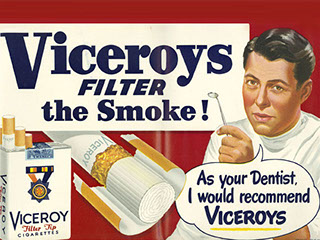
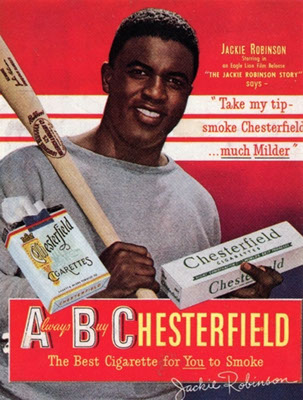
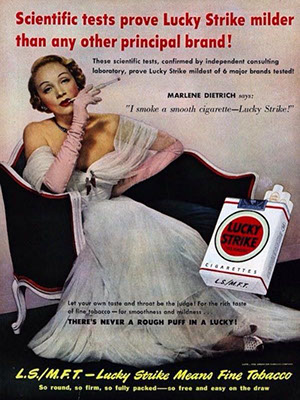
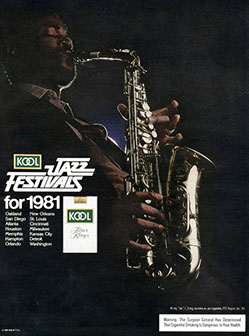
Sponsorships and Events
Tobacco companies sponsored popular events, such as sports tournaments, concerts, festivals, and rodeos to increase their brand visibility and associate their products with excitement and entertainment.


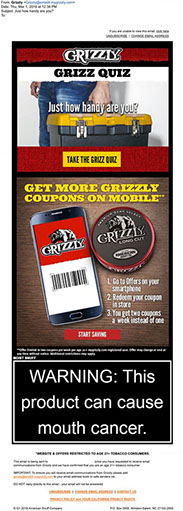
Direct Mail and Coupons
Tobacco companies try to reach current and new customers by mailing information about campaigns and coupons for their products to encourage purchase.
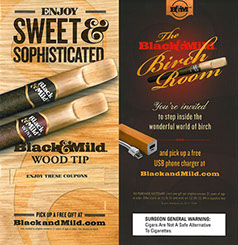


Cartoon Characters
In the 1990’s, the tobacco company RJ Reynolds developed the cartoon character Joe Camel to specifically target kids and youth.
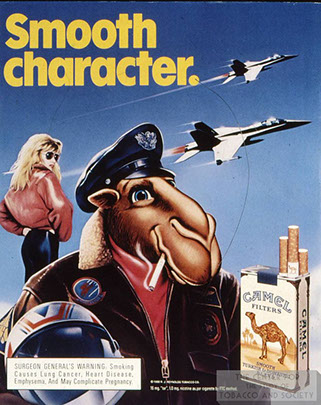
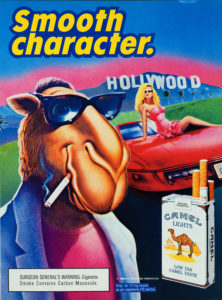
Flavor Marketing
Flavors, including menthol, have been a long-time marketing practice to create a perception of using tobacco as a fun experience.
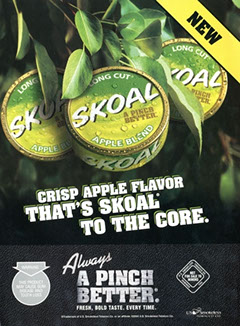
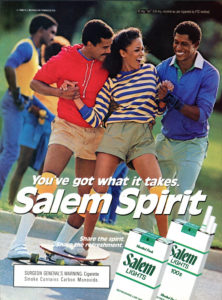

False Health Claims
Another historical marketing tactic the tobacco industry continues to use today is making false health claims. For decades, tobacco advertisements would claim there were benefits of using their products like soothing throats or aiding digestion. Today, tobacco companies claim e-cigarettes are safer than traditional cigarettes.
These health claims aren’t only misleading, but they are deadly as it creates the perception that using tobacco is harmless. Watch the video below to learn more about the industry’s lies and false claims.
The "4 Ps"
The tobacco industry also uses a variety of traditional marketing tactics to promote their products. These include product, price, place, and promotion. Click through each strategy below to learn more about them.
Product
Price
Place
Promotion
Product
Variety:
Commercialized tobacco products include cigarettes, cigars, smokeless tobacco, and e-cigarettes. Each product contains different flavors, strengths, and packaging options.
Branding & Packaging:
Distinctive branding and packaging are used to create brand recognition and loyalty. By designing packages, companies try to create emotion, brand identity, and stand out on store shelves.
Price
Segmenting Prices:
Tobacco companies price premium brands at a higher rate to appeal to consumers seeking luxury and status, while discounts are targeted to lower income consumers.
Promotions & Discounts:
Limited-time promotions, coupons, and discounts are used to incentivize purchases and attract new customers.
Place
Distribution:
Tobacco products are strategically placed in various stores based on their accessibility and visibility in order to target certain audiences. Stores include gas stations, supermarkets, social media, and other online platforms as well as convenience stores.
Partnerships:
Tobacco companies establish partnerships with store retailers to ensure their products and ads are placed in easy to see locations within the stores.
Promotion
Social Media & Influencer Marketing:
The tobacco industry utilizes social media platforms and hires influencers to reach younger audiences to help create buzz around their products.
Point-of-Sale Displays:
Tobacco companies design eye-catching displays and signage for retail locations. The goal is to attract attention to their tobacco products and influence your decision to purchase.
Sources for Module 1 include National Institute of Health; The Tobacco Book: A Reference Guide of Facts, Figures, and Quotes; Campaign for Tobacco-Free Kids; The University of Alabama
Training Module
Modules
Home
Phone
512.245.8082
Mailing Address
Texas School Safety Center
ATTN: Say What Program
Texas State University
601 University Drive
San Marcos, TX 78666

Say What! was created and designed by young people from across Texas and connects students interested in eliminating tobacco from their schools and communities. The Say What! movement is funded by the Texas Department of State Health Services through a contract with the Texas School Safety Center at Texas State University.

